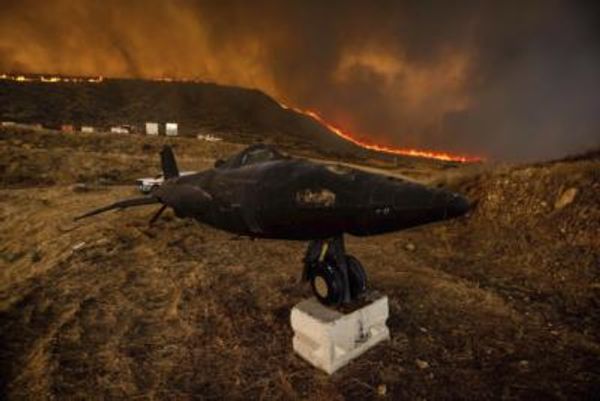As the old century was ending two decades ago, the Pentagon was swept with enthusiasm for a new approach to warfare called military transformation.
The basic idea was that a combination of new information technologies and joint teamwork would enable unprecedented success in defeating diverse enemies.
The technological content of military transformation was aptly captured in the phrase “network-centric warfare,” which implied using wireless networks to share information across service boundaries to enable faster, better decisions in combat.
But political support for the new ideas drained away after U.S. counter-insurgency campaigns in Iraq and Afghanistan bogged down, because policymakers were too preoccupied with the current fight to think much about the future.

Nowhere was this more true than in the Army, which took the lead in fighting the global war on terror, and (as usual) ended up taking most of the casualties.
Today, though, military transformation is back, and the U.S. Army is playing a pivotal role in defining what it means in an era of great-power competition.
A series of annual experiments called Project Convergence is demonstrating how the Army can better connect its own warfighting units, and tap into the abundant information generated by other services to fashion a detailed, integrated picture of the battlespace.
Run by the Army Futures Command, Project Convergence is demonstrating that using new technology the right way can largely lift the fog of war for military commanders.
Convergence is often described as a ‘sensor-to-shooter’ exercise in which more actionable information reaches warfighters faster thanks to a shared network, but an internal Army document describing the project explains its significance in broader terms:
“The future fight, as described in the National Defense Strategy, will be characterized by greater speed, growing autonomy, and increasingly dispersed footprints, in degraded or denied environments. Whoever is able to see, understand, and act first, will win.”
Thus, Project Convergence is a pathfinder effort that leads the way to a new concept of warfare, and the Army is frank in admitting it can’t get there alone—it needs the cooperation of the other services.
The first month-long series of experiments in 2020 was mainly about the Army getting sorted out internally, but the second that just concluded in mid-November included all of the military services learning to share information and act in concert.
For instance, tactical reconnaissance collected by Air Force F-35 fighters was shared with Army troops on the ground, who also utilized Air Force orbital assets to share information from remote sources.
Using this more integrated approach to combat, an Army missile unit might fuse information from many different sensors, some operated by other services, in order to find the optimal solution to a targeting challenge.
Conversely, a Navy unit at sea might rely on Army long-range fires to take out a threatening warship, rather than dispatching naval assets that are not as well positioned for dealing with the immediate threat.
This is a radical change in how the services have traditionally waged war; it relies not only on a robust, resilient network for sharing information, but a different mindset in which commanders are willing to call on other services to provide the best solution to a problem.
The preferred metaphor for the way the services normally operate is that they are “stovepiped”—in other words, they act in parallel but their efforts only converge at the very top of the command structure.
Project Convergence seeks to push the integration of diverse, multiservice capabilities down to the operational level, so that individual fighting units routinely call on the capabilities of other services as they are needed in the heat of battle.
This would have to happen very fast in a modern warfighting environment, so Project Convergence is investigating the use of automation and artificial intelligence to accelerate the pace at which information is exploited in combat.
Army Futures Command says at this point it is all a vast learning experience that likely will continue for many years to come, because you don’t overturn generations of warfighting practice in a few fiscal quarters.
The challenge will grow in the project’s 2022 iteration, when a handful of close allies such as Australia and Britain will be invited to participate.
The more players that are involved, the more complicated it becomes to connect them all together and enable rapid action in wartime.
Common standards and procedures will be required for the system to mesh, and without that resilient network, the whole concept breaks down.
So the Army is already investigating novel methods of assuring enemies can’t jam or otherwise degrade the network, many of them classified.
Within the U.S. joint force, the efforts of Project Convergence and companion efforts in other services are intended to support a future “all-domain” warfighting network, meaning one that functions across land, air, sea, space and the electromagnetic spectrum despite enemy efforts to defeat it.
All of the services need to do their part to achieve the desired convergence of capabilities.
Assuming they do, the new approach could save a lot of money by eliminating needless redundancies.
But whether it saves money or not, Project Convergence signals that military transformation is back in a big way, and the U.S. Army is leading the charge.
This commentary is based in part on recent conversations with several senior Army officers involved in the transformation process.







